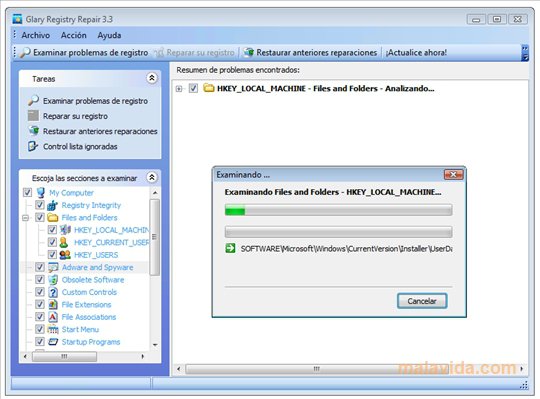

If the SFC utility found errors and couldn’t perform a repair ( Windows Resource Protection found corrupt files but was unable to fix some of them), you need to check and repair the component store using the DISM command: DISM /Online /Cleanup-Image /RestoreHealth If the utility finds a damaged system file, it will try to repair it. Open a command prompt as an administrator and run the command: sfc /scannow It is recommended to use the Dism.exe and Sfc.exe command-line tools to check the integrity of system files (including registry files), and fix the errors. However, starting with Windows 7, Microsoft stopped supporting the Scanreg.exe tool. In earlier versions of Windows, the Windows Registry Checker tool (Scanreg.exe) was available to automatically back up the registry, and check the registry for invalid entries, empty data blocks, and other errors.

If your Windows does not boot correctly due to the damaged registry, you need to check the integrity of the registry files. In addition, the registry files NTUSER.DAT and USRCLASS.DAT are stored in the profile of each user (C:\Users), which contains the user settings (loaded to the HKEY_CURRENT_USER registry hive).SYSTEM (HKLM\System) - settings for computer’s hardware, settings for Windows services, drivers, and other low-level information.SECURITY (HKLM\Security) - Windows security settings.
#Online registry repair windows 10 software


 0 kommentar(er)
0 kommentar(er)
